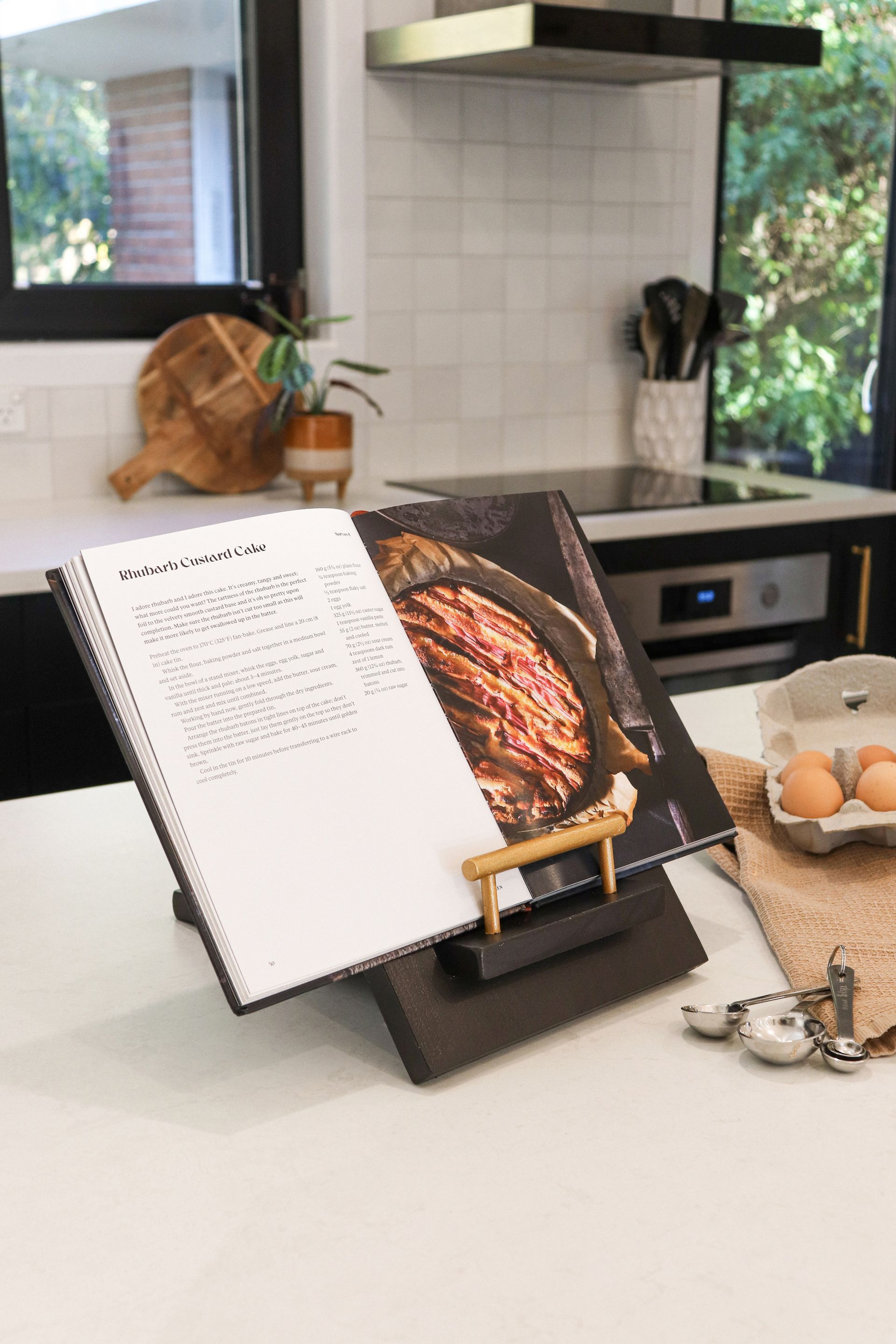After a candid interview with Christchurch-based accountant Pita Alexander, reciting his list of reasons farming businesses work, his number one was ‘marry well’. Sarah Perriam was inspired by Canterbury’s recent Ballance Farm Environment Award winners demonstrating the power of marrying together complementary skill sets to achieve the highest honour.
Back in the day when we were allowed to gather in groups for special events such as awards, I bathed in the celebrations at the Rydges of Canterbury’s leading farming families’ business journeys as they graced the stage in the 2020 Ballance Farm Environment Awards.
It was more than a 50 per cent reduction in nitrate leaching from their Dunsandel dairy farm that awarded Tony Coltman and Dana Carver of Canlac Holdings the trophy. ‘Farmers are feeling pretty beaten up. We wanted to show our community that with a balanced approach to the bottom line, environment and people, we can all prosper together. Let’s not beat up on each other, and understand each other’s values are shared,’ explains Tony.
The couple came from varying different backgrounds to their equity partnership farming enterprise. Neither came from a farming background, with Tony going into rural banking from a Lincoln University farm management degree and Dana’s field of work in psychology and physiology originating from the States.
By the time they were in their mid-thirties, Tony headed to the US to work on a New Zealand-owned farm for five years, whilst Dana was based in the Waikato with her own personal development coaching business before they met on a blind date in 2008. They made the relationship work long-distance, as Dana describes it, ‘with the American living in New Zealand and the Kiwi in the States’ before they went farming together in 2013.
Canlac Holdings was already a high-performing farming operation when they came into the business in a year of record farmgate milk price, so it was an opportunity for the astute rural banker in Tony to review everything to be in the top five per cent for production. But there were uncertain clouds looming in the horizon with the voices becoming louder around ‘dirty dairying’ from Fish & Game’s advertising campaign that kept the pair more focused on the importance of environmental success of their property.
They knew tightening of regulations was only a matter of time, so with little information and resources to go on they immediately put their hands up to take part in a benchmarking pilot programme run by DairyNZ called Forages for Reduced Nitrate Leaching (FRNL).
The couple knew from the onset that to direct expenses into their environmental on-farm improvements they need to have profit to do so. The irrigation from rotor rainers didn’t help their nitrate leaching as well as the grass silage they were supplementing to cows.
They attribute reducing their leaching rate by half to changing to more variable rates of water through pivot irrigation; changing to maize silage as well as better utilisation of pasture, with more regular farm walks to inform grazing rotations coupled with less applications of nitrogen; and spreading stocking rates over a new neighbouring property they expanded to.
‘They are a progressive team that embrace challenges with a systems approach to what they are doing with all the components together – people, profit and the environment,’ explains General Manager for the New Zealand Farm Environment Trust, James Ryan.
This systems approach has the people of Canlac Holdings at the heart of what they do. Dana’s experience in personal development has seen a healthy lifestyle at the centre of their operation and they are proud of the improvements to staff wellbeing and retention over the past seven years.
‘It’s important for people to have their own space and proper breaks, to be well rested and enthusiastic about what they do. We built more houses on the farm so they don’t have to live together, we have circuit training days and bowls of fruit in the staffroom as well as make sure they have compulsory weeks’ leave through the winter prior to calving,’ says Dana.
Dana and Tony limit the early mornings for their dairy team to a roster that allows for shared days to break it up with five days on two days off, as well as a new shed that spreads the cow numbers milked so they are milking fewer per shift.
There is a perception that Canterbury’s dairying industry has the most to change, but many in the governing bodies acknowledge there is a shift to environmental stewardship compared to other areas and believes the region is positioned to easily demonstrate this leadership.
Environment Canterbury Councillor Megan Hands is one. ‘ECan has been at the forefront of implementing strict controls on farms opting to be the “good cops” early on before it came down the chain from central government, and it’s great to see farmers such as Tony and Dana as a real example in our region and to demonstrate change to others around the country,’ she explains.
Animal welfare is also paramount to the couple with minimising the number of calves born needing to go to slaughter as ‘bobby’ calves, and they find a place for them to be raised as beef animals on their farm.
‘We entered the Ballance Farm Environment Awards because we know we are doing the right thing and we have got the numbers and evidence to prove it,’ concludes Dana. ‘We want to inspire other farmers and give them confidence of how to make changes.’
Sarah Perriam of Perriam Media is an agri-food broadcaster, MC/speaker and communication consultant specialising in the future of New Zealand’s food and fibre industries. Listen to Sarah’s new food and farming radio show ‘Sarah’s Country’ out now.
@sarahperrriam, perriammedia.com
IMAGES Joel Rock
Recent stories







